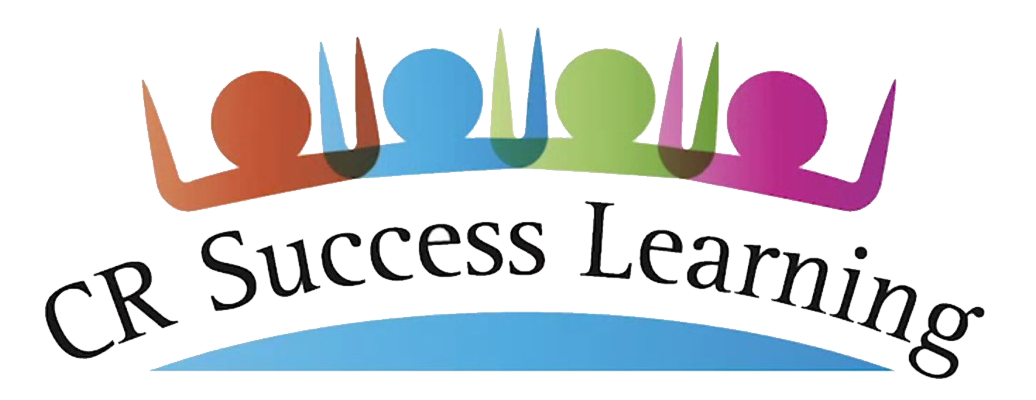Equipping Educators to Apply the Science of Reading
From Stuck to Soaring:
How Jump Start Transforms Beginning Readers
You’re revving the engines on a new school season, excited to help your students hit the ground running. But then, reality sets in—some of your young learners aren’t quite ready for the race. They’re stuck, overwhelmed, or missing those critical early skills. What’s a teacher to do?

Jump Start Your Kids This January!
Discover the four key skills that help preschoolers thrive—language, motor, social-emotional, and early literacy—and how to nurture them. Jump Start your January!

We Check All the Boxes!
As more and more reading programs proclaim that they teach the Science of Reading, it is essential that the programs are truly complete, sequential, and aligned to the best practices in instructional design.

We Can Fix Our Literacy Crisis!
Explore how we can address the literacy crisis with proven strategies to empower educators and transform student outcomes.

The Best and the Rest
Discover how to identify the best instructional practices and avoid the rest to elevate your students’ literacy success.

How Much Time Should Be Spent on Teaching Rhyming?
First, teach phonemic awareness and letter-sound skills, then enjoy language play with rhymes, and reinforce learning through word family activities.

Should I Teach Letter Names or Letter Sounds?
Prioritize teaching letter sounds over names to build a stronger foundation for early reading success.
Keep an eye on our Instagram feed for timely tips, ideas & inspirations, and all the latest news







